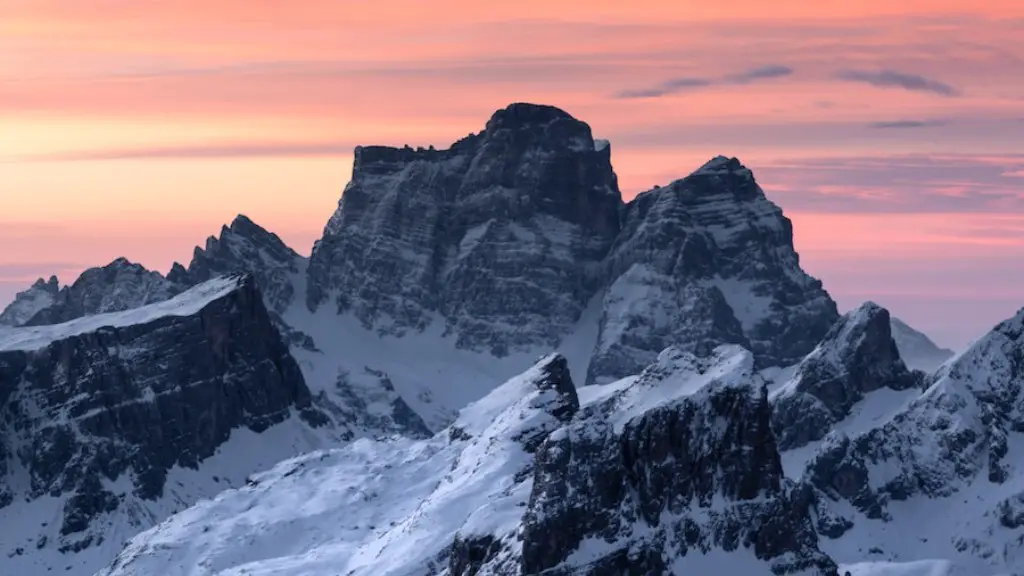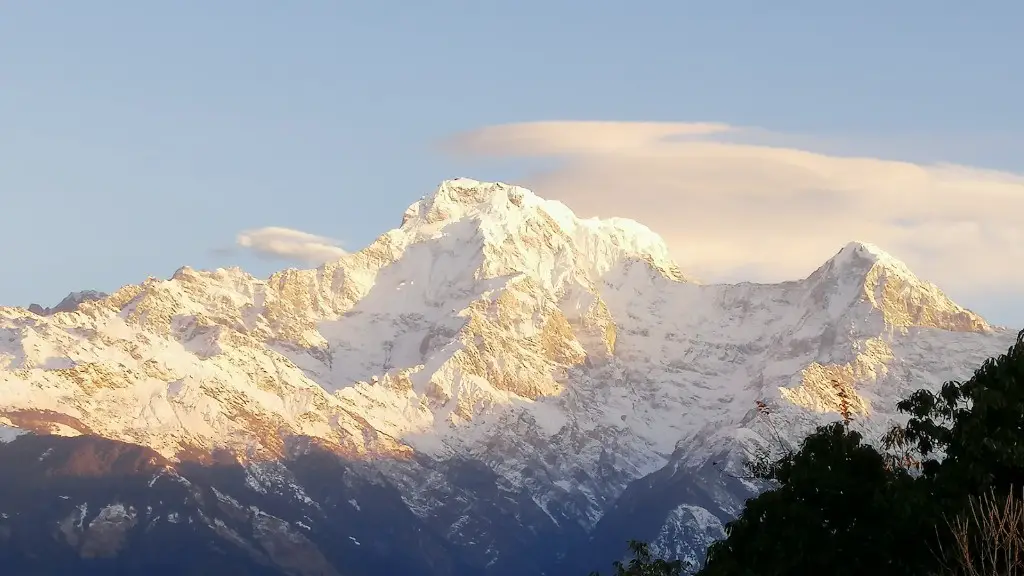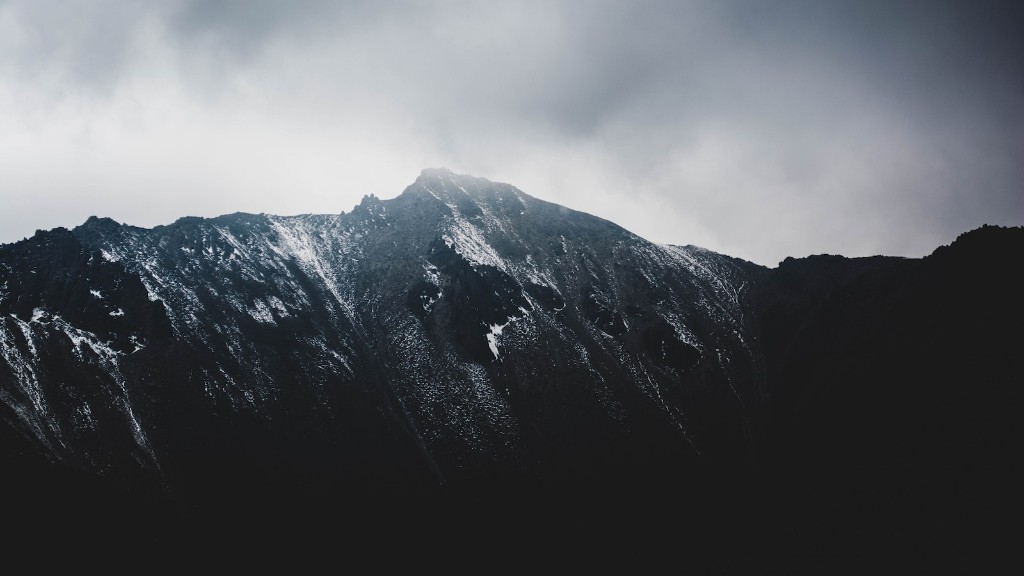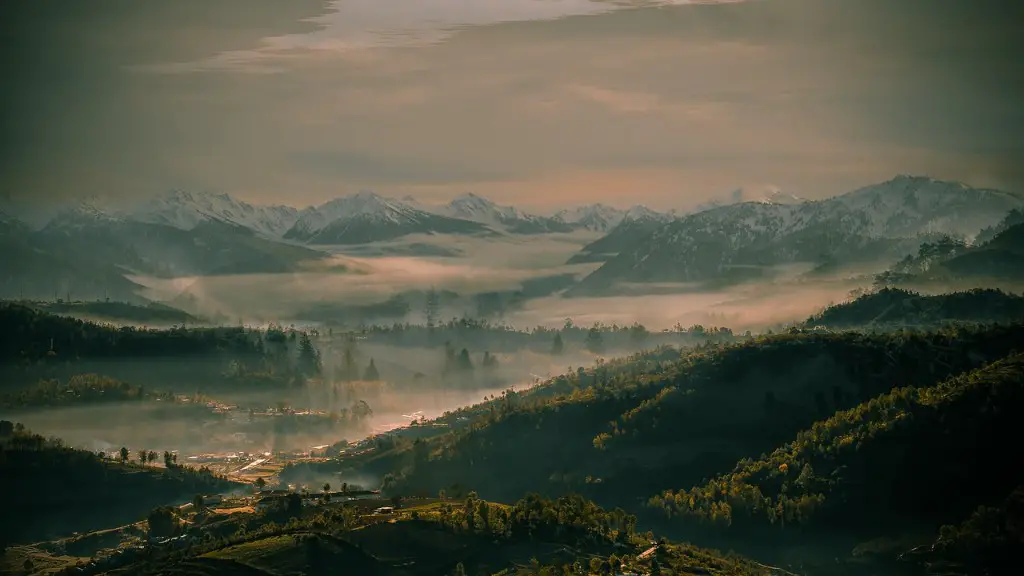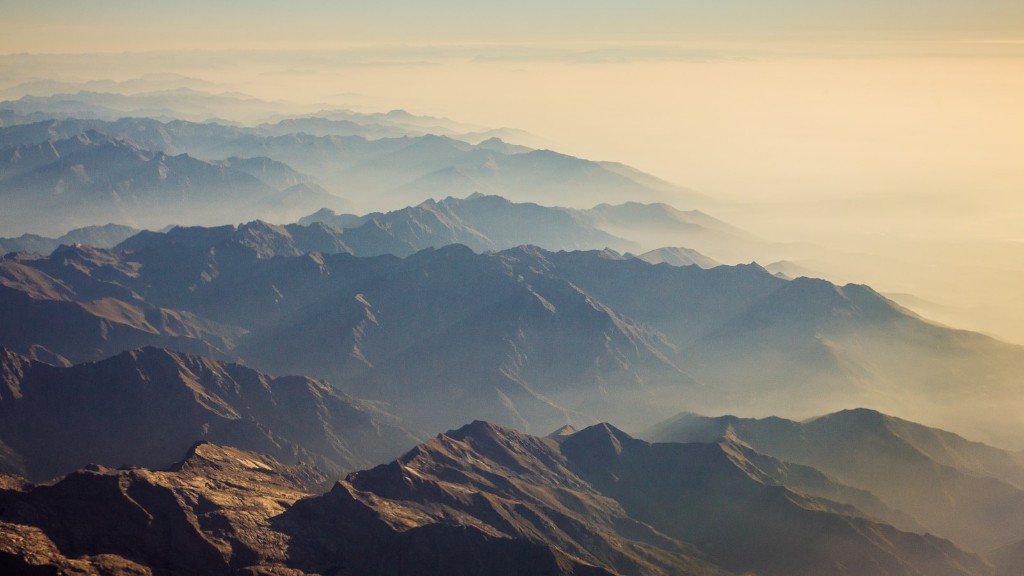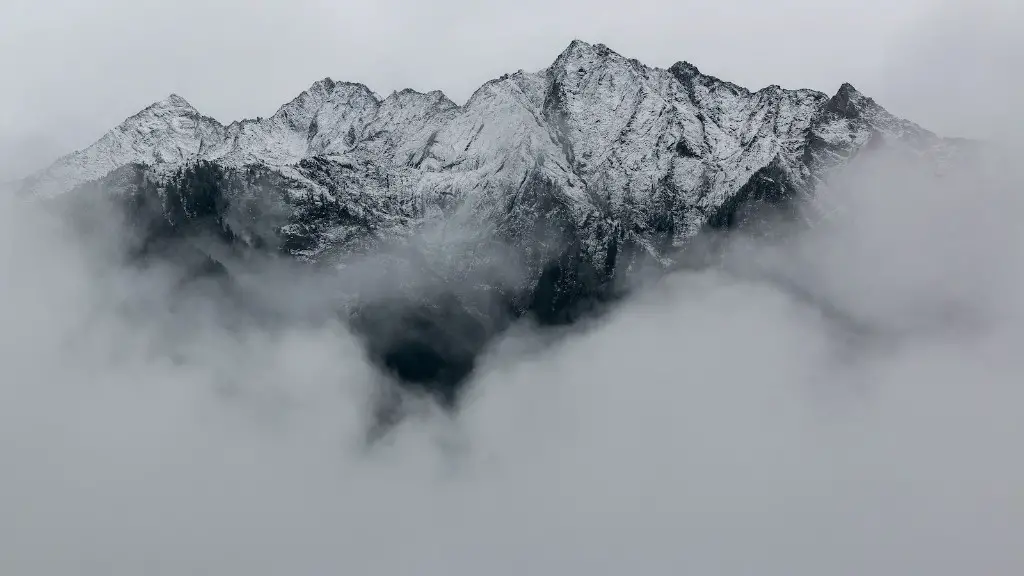It takes most people about a week to climb Mount Kilimanjaro. But it all depends on your fitness level, how acclimatized you are to the altitude, and the route you take.
There is no definitive answer to this question as it depends on a number of factors, including the climbers’ fitness levels, the route they take, the weather conditions, and so on. Generally speaking, it takes most people around 5-7 days to reach the summit of Mount Kilimanjaro.
Is Mt. Kilimanjaro hard to climb?
If you’re looking for a challenge, Mount Kilimanjaro is a great option. With a success rate of only 50%, it’s definitely not a hike for beginners. Be sure to train and prepare well before attempting to summit the 19,341 foot (5,895 meter) peak.
It takes at least five days to climb Mount Kilimanjaro. However, a minimum of six days, and ideally seven or eight, offers a far better chance of reaching the top. For those with longer to spare, there are several more gradual and scenic ascent routes that can be done over 10 or more days.
Can a beginner climb Kilimanjaro
Mt. Kilimanjaro is one of the tallest mountains in the world, standing at over 19,000 feet. The summit is typically climbers’ final destination, but the journey to the top is just as important. For beginners, the best time to climb is during the dry season from late June to early September. The weather is more stable during this time, which makes for a safer and more enjoyable climb. From a financial standpoint, climbing Kilimanjaro is not cheap. You can expect to spend upwards of $4000 on a guided climb, which includes all your food, lodging, and equipment. It is important to do your research and find a reputable guide company that will take care of you throughout the entire process. Finally, you need to be in good physical shape to attempt a climb like this. Beginners should start preparing months in advance with a solid workout routine. If you are dedicated and put in the work, there is no reason why you can’t have an amazing experience climbing Kilimanjaro.
It is important to take your time when hiking to Mount Kilimanjaro Summit Uhuru peak. The more days you spend on the mountain acclimatizing, the better your chances of reaching the top and you will be less fatigue. It is worth it to spend a few extra days on the mountain to increase your chances of success.
Do you need oxygen to climb Kilimanjaro?
Kilimanjaro is one of the tallest mountains in the world, and its altitude can pose a significant challenge to climbers. However, climbers do not need supplemental oxygen to reach the summit of Kilimanjaro. The best way to acclimatize to the altitude is to walk slowly (“pole pole” in Swahili) and to sleep at lower elevations during the ascent.
While there are aspects of the Everest Base Camp trek that are harder than Kilimanjaro, the general feeling is that Kilimanjaro is the harder of the two treks. The main reason for this is summit night – it’s a biggie. You need to be in pretty good shape to make it to the top of Kilimanjaro, and even then it’s a tough slog. For most people, the Everest Base Camp trek is doable with a bit of training and preparation, but Kilimanjaro is on another level.
Is Kilimanjaro in the death zone?
The Western Breach area of Kilimanjaro poses a risk of rock falls, which have lead to tragic deaths in the past. It is therefore recommended to avoid this route and instead take one of the other routes up the mountain, which are perfectly safe.
As you ascend to higher altitudes, the amount of oxygen in the air decreases. At the summit of Kilimanjaro, there is approximately 49% of the oxygen available at sea level. This can cause altitude sickness, which is why it’s important to monitor your blood oxygen saturation and heart rate. If either of these becomes too low, it’s a sign that your body is not acclimatizing well and you should descend.
How much does it cost to climb Kilimanjaro
As you begin to plan your dream trip to climb Kilimanjaro, you may be wondering what the average cost is. The truth is, the cost can vary greatly depending on which company you book with and what kind of experience you’re looking for.
Budget operators may be able to get you to the top for as little as $2000, while large Western travel agents may inflate the price to as much as $6000. It’s important to do your research and make sure you’re getting a good price for what you want.
There are various, unavoidable fixed costs to any tour operator, so if a climb seems too cheap, you’ve got to ask yourself why. Make sure you’re getting what you pay for and you’ll be sure to have an amazing time on your once-in-a-lifetime trip.
The temperatures on Mount Kilimanjaro are determined more by the altitude and time of day. At the base of the mountain, the average temperature is around 21 to 27 °C. At the summit, Uhuru Peak, the night time temperatures can range between 20 and -20 degrees Fahrenheit (-7 to -29 degrees Celsius).
What is the success rate of climbing Kilimanjaro?
Mt. Kilimanjaro is one of the most popular mountains in the world and approximately 50,000 trekkers attempt to reach its summit every year. However, according to research published by the Climb Kilimanjaro Guide, the average summit success rate among all climbers and routes is only 65%. Given the high level of interest in climbing this mountain, it is important to be aware of the summit success rate before embarking on a trek.
Aconcagua is a popular mountain to climb because it is not particularly technical and because of this is a popular mountain to climb. The altitude is often underestimated though and care should be taken to acclimatize properly.
Is Kilimanjaro worth the money
If you’re considering climbing Mount Kilimanjaro, go for it! The experience is definitely worth it, even though the success rate is only about 66%. Surprisingly, young males between 20 and 30 actually have a higher failure rate than we might expect. But don’t let that discourage you – just be prepared and you’ll be fine.
The climb up Kilimanjaro is a hike, so you don’t need any specialist climbing skills. However, you should have done extensive hill-walking or aerobic exercise in the lead up to your climb, as it may take many months of training to get to a suitable level of fitness otherwise. Enjoy the walk!
How far do you walk each day on Kilimanjaro?
Assuming you would like tips for summiting Mount Kilimanjaro:
The best way to summit Mount Kilimanjaro is by taking the Machame Route. This will give you the chance to see the different ecosystems that the mountain has to offer. The full day is 12 – 14 hours of trekking and covers 112 miles/ 181km 1,245m/ 4,084 feet up the mountain from Barafu or 1,095m/ 3,592 feet up from Kosovo Camp to the summit. You then have 2,795m/ 9,169 feet down hill all in the same day.
It is important that you are adequately rested before beginning your summit attempt as you will need all the energy you can muster. Drink plenty of fluids and eat high-energy foods such as nuts, fruit, and granola bars. Be sure to pack some lip balm and sunscreen as the sun can be quite intense at high altitudes. Most importantly, listen to your body and if you are feeling any altitude sickness, descend immediately.
With proper preparation, you will be able to summit Mount Kilimanjaro and enjoy one of the most incredible views in the world!
If you are planning to hike up Kilimanjaro, be prepared for less than ideal toilet conditions. Most camp sites have public toilets, but they are not typically up to western standards. Expect to find facilities without hot water or soap dispensers, and in some cases, without doors for privacy. It is always a good idea to pack your own hand sanitizer and wipes to make sure you stay clean and healthy during your hike.
Conclusion
There is no definitive answer to this question as it depends on a number of factors, including the route taken, the individual’s fitness level and the weather conditions. That said, it typically takes between five and seven days to reach the summit of Mount Kilimanjaro.
It is difficult to say how long it will take to climb Mount Kilimanjaro, as it depends on a number of factors such as fitness level, acclimatization, weather, and trail conditions. However, most people take between five and seven days to reach the summit.
